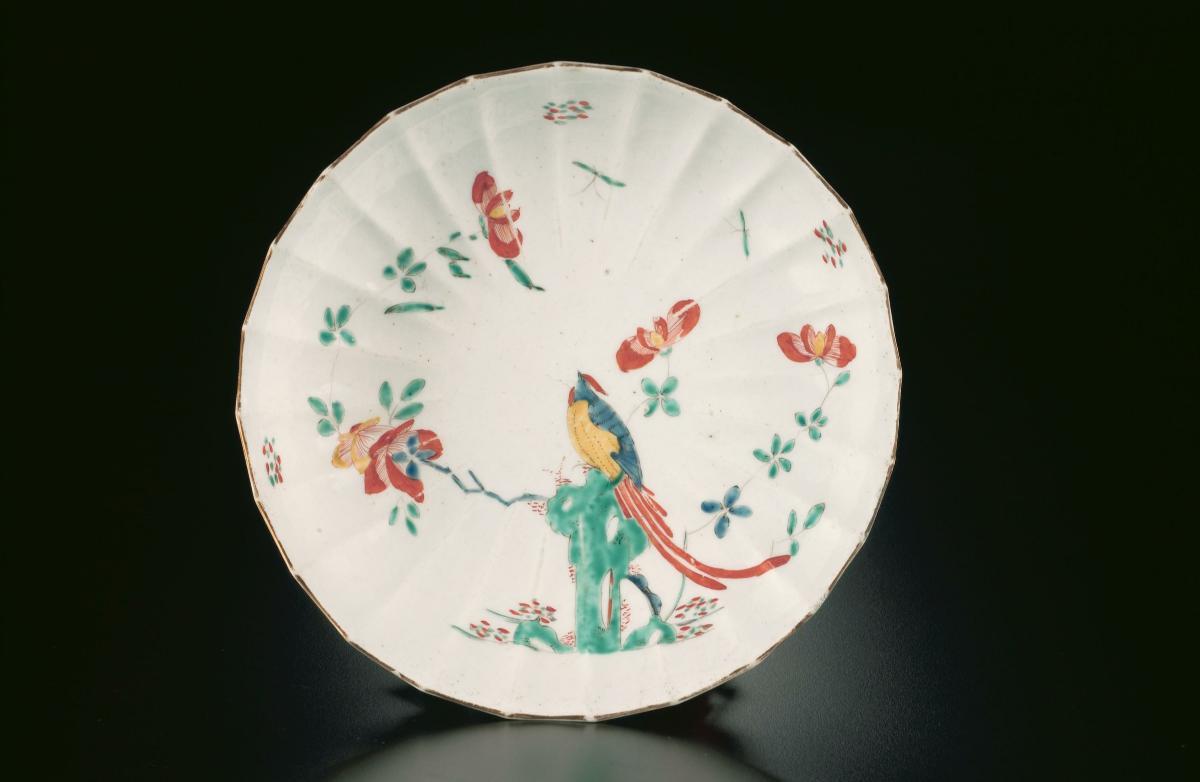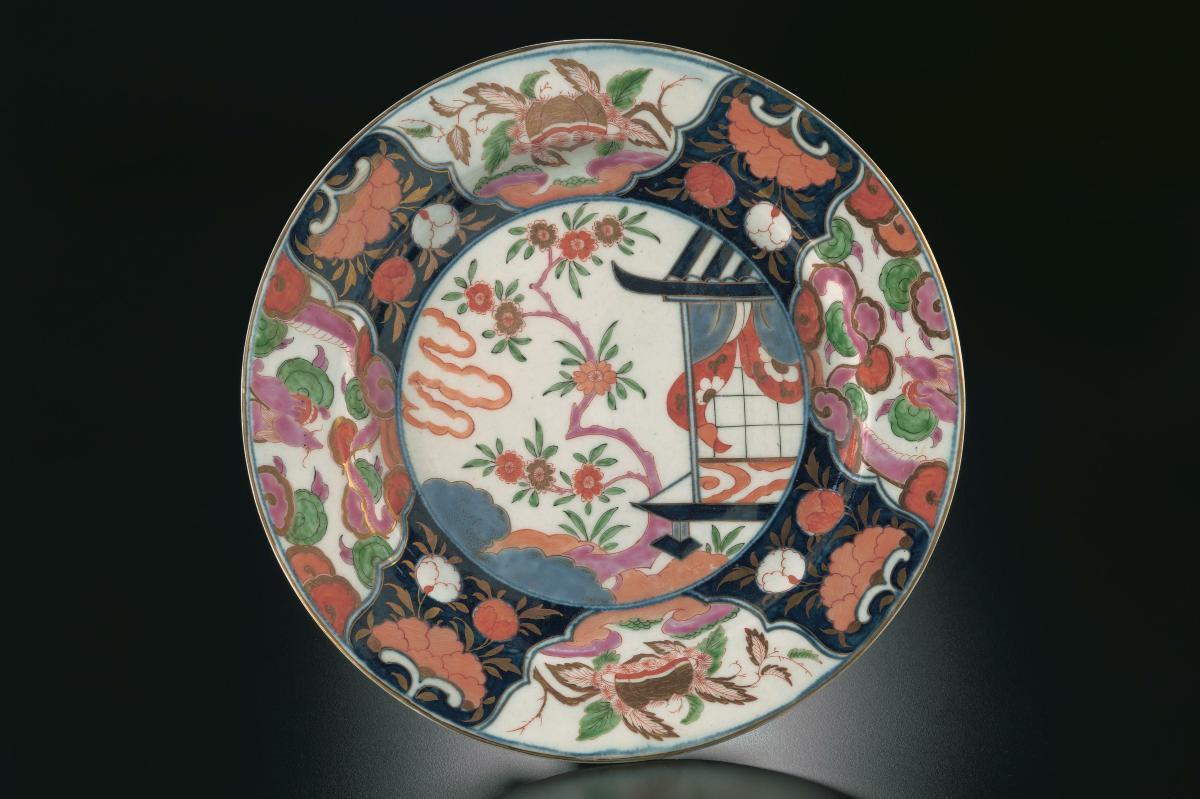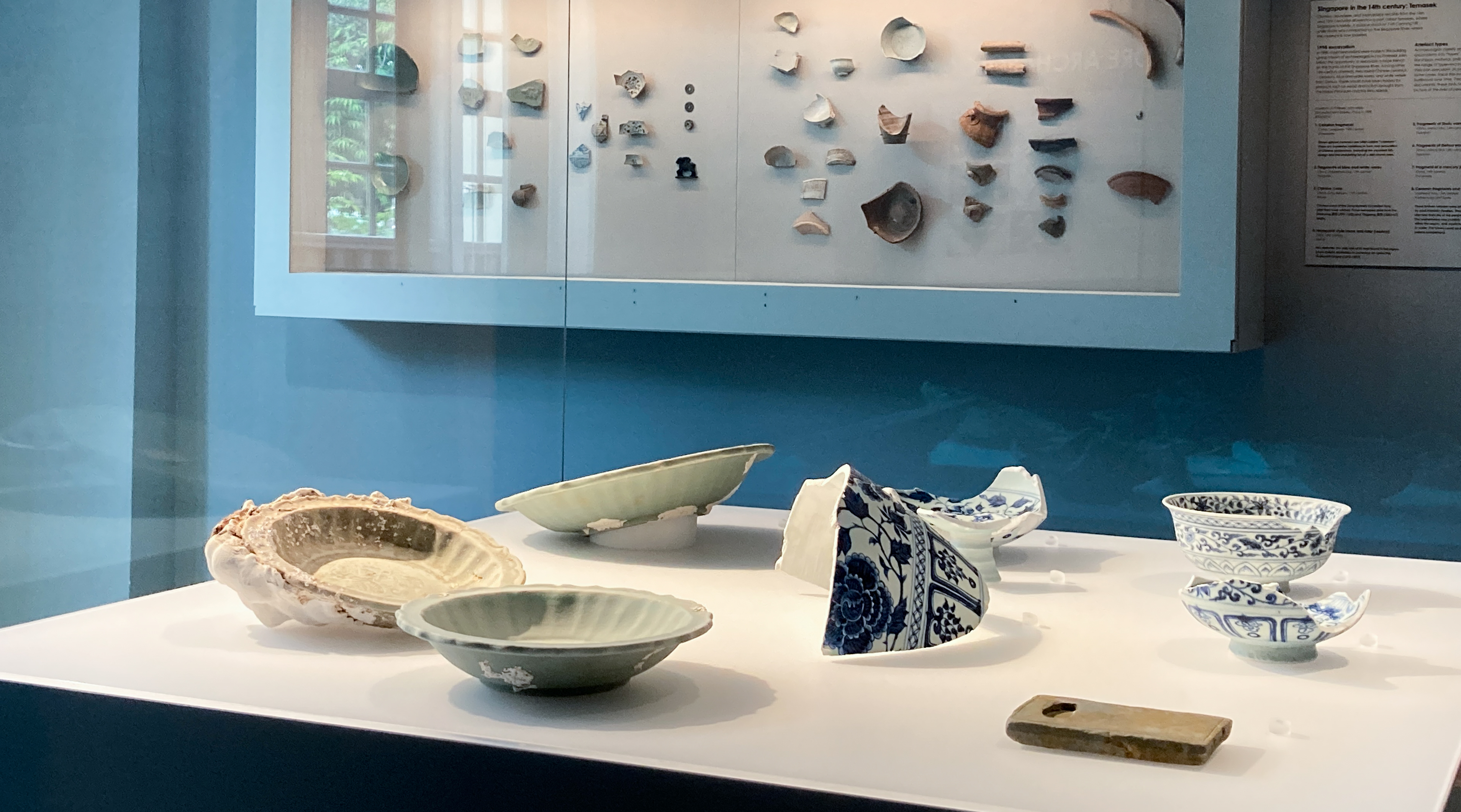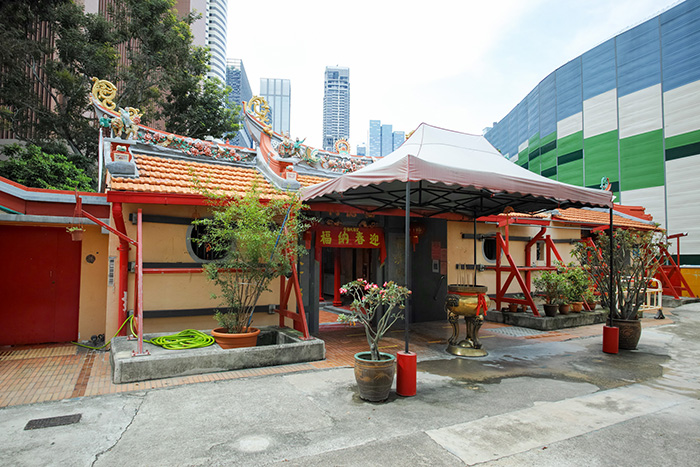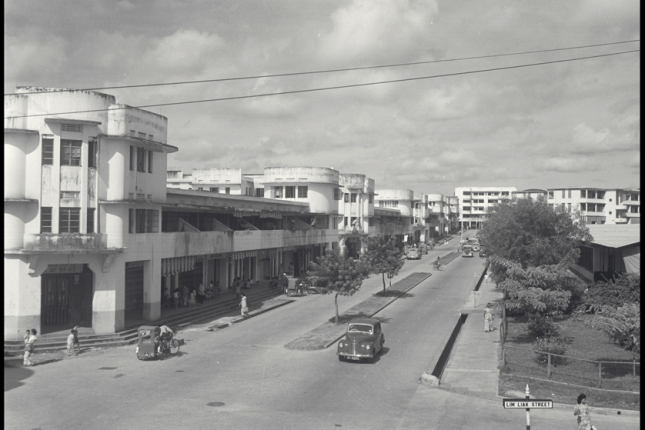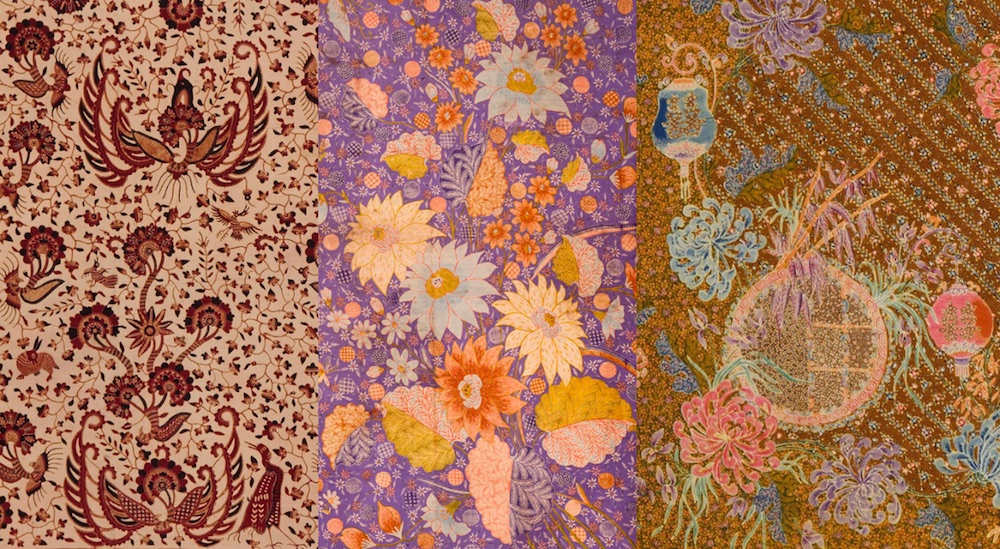This porcelain dish has one of the few Worcester patterns that closely imitate Japanese Kakiemon porcelain. The sparse, asymmetrical decoration of a long-tailed bird perched on a rock, is typical of Kakiemon wares. The Kakiemon style had one of the greatest impacts on European ceramics. The porcelain was produced in the area of Arita in present-day Saga prefecture on Kyushu Island. Kakiemon is named after the potter, Sakaida Kakiemon (1596-1666), who was reputed to have pioneered the use of colour enamels on porcelain in Japan. The designs are finely painted in translucent overglaze enamels with large undecorated areas highlighting the distinctive milky-white body. It is not clear why this pattern has come to be named after Sir Joshua Reynolds. A possible reason is that the celebrated English painter (1723-1792) owned a tea set of this pattern.




